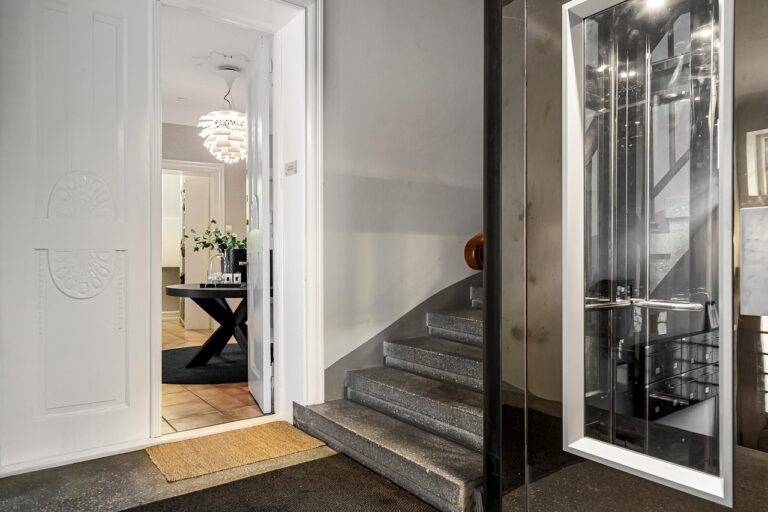How to Choose a Kitchen Exhaust Fan for Allergy Sufferers: Laser book 247 login password, Lotus299, 11xplay pro
laser book 247 login password, lotus299, 11xplay pro: As an allergy sufferer, having a kitchen exhaust fan is essential to maintain clean air and reduce exposure to allergens while cooking. With so many options available on the market, choosing the right kitchen exhaust fan can be overwhelming. In this blog post, we will provide you with a guide on how to choose a kitchen exhaust fan for allergy sufferers.
Size Matters
The first step in selecting a kitchen exhaust fan is to determine the appropriate size for your kitchen. The size of the exhaust fan should be based on the size of your kitchen and the amount of cooking you do. A fan that is too small will not effectively remove odors and allergens from the air, while a fan that is too large may be noisy and inefficient.
Consider Airflow Capacity
The airflow capacity of the exhaust fan is an important factor to consider. A fan with a higher airflow capacity will be more effective at removing cooking odors and allergens from the air. Look for a fan with a high cubic feet per minute (CFM) rating to ensure efficient ventilation in your kitchen.
Noise Level
Allergy sufferers may be sensitive to noise, so it is important to choose a kitchen exhaust fan that operates quietly. Look for a fan with a low sone rating, which indicates how loud the fan is when in use. A fan with a sone rating of 2 or lower is considered quiet and ideal for allergy sufferers.
Filter Type
Choose an exhaust fan with a high-quality filter that can effectively trap allergens, grease, and cooking odors. Filters made of aluminum or stainless steel are durable and easy to clean. Consider investing in a fan with a HEPA filter, which can remove up to 99.97% of airborne particles, including allergens.
Energy Efficiency
Opt for an energy-efficient kitchen exhaust fan to save on electricity costs and reduce your carbon footprint. Look for fans with an ENERGY STAR rating, which indicates that the fan meets strict energy efficiency guidelines set by the Environmental Protection Agency.
Installation
Consider the installation process when choosing a kitchen exhaust fan. If you are not comfortable with DIY projects, hire a professional to install the fan for you. Make sure the fan is mounted securely and that all electrical connections are properly installed to ensure safe operation.
Maintenance
Regular maintenance is essential to keep your kitchen exhaust fan running efficiently. Clean or replace the filter regularly to prevent buildup of allergens and grease. Check the fan blades for dust and debris and clean them as needed. A well-maintained exhaust fan will help improve air quality in your kitchen and reduce allergy symptoms.
FAQs
Q: Can a kitchen exhaust fan help reduce allergens in the air?
A: Yes, a kitchen exhaust fan can help remove allergens such as cooking odors, smoke, and grease from the air, improving air quality in your kitchen.
Q: How often should I clean or replace the filter in my kitchen exhaust fan?
A: It is recommended to clean or replace the filter in your kitchen exhaust fan every 3 to 6 months, depending on how frequently you cook and the amount of grease and allergens in the air.
Q: Are there any specific features I should look for in a kitchen exhaust fan for allergy sufferers?
A: Look for a fan with a high airflow capacity, a low noise level, a quality filter, energy-efficient operation, and easy maintenance to ensure optimal air quality in your kitchen.
In conclusion, choosing the right kitchen exhaust fan for allergy sufferers is crucial for maintaining clean air and reducing exposure to allergens while cooking. Consider factors such as size, airflow capacity, noise level, filter type, energy efficiency, installation, and maintenance when selecting a fan for your kitchen. By following these guidelines, you can create a healthier environment for yourself and your loved ones.







